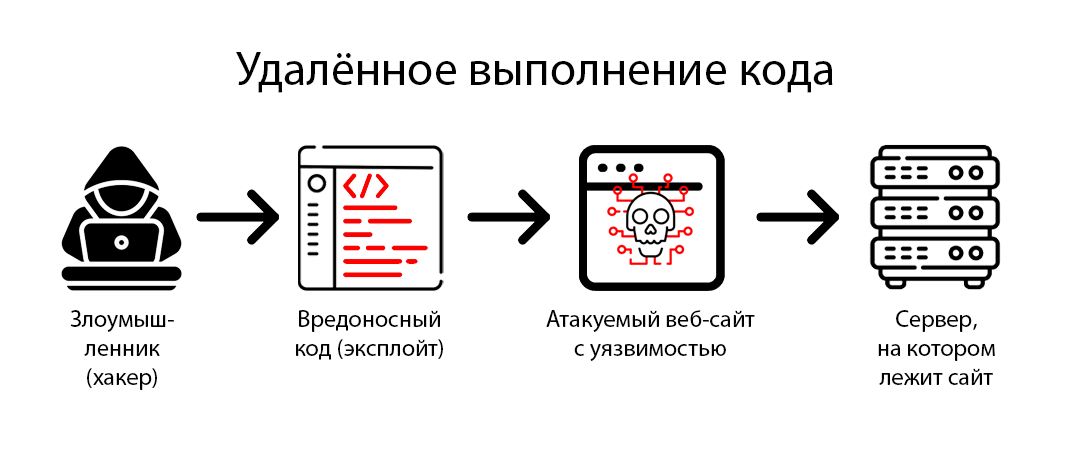Setting Up Secure Remote Server Management
Step 1: Installing and Configuring SSH
SSH (Secure Shell) is a protocol for secure remote server operation. To begin, let’s install SSH on the server:
sudo apt-get update
sudo apt-get install openssh-server
After installation, you need to configure the SSH configuration file (/etc/ssh/sshd_config). In it, you can specify various parameters, such as the port, allowed users, connection keys, etc.
Step 2: Creating SSH Keys
For increased security, it is recommended to use SSH keys for authentication. To create keys, run the following command:
ssh-keygen -t rsa
After that, you can copy the public key to the server, adding it to the ~/.ssh/authorized_keys file.
Step 3: Firewall Configuration
To ensure additional security, you need to configure the firewall on the server. Make sure that only the necessary ports are open, for example, the SSH port (default 22).
Step 4: Using a VPN
For even more secure remote server management, it is recommended to use a VPN. This will encrypt all network activity and provide an additional layer of security.
Step 5: Regular Software Updates
To prevent vulnerabilities, it is important to regularly update all software on the server. Use your operating system’s package manager to install the latest updates.
Conclusion
By following these five steps, you can set up secure remote server management. Remember that security is an ongoing process, so regularly check and update your systems.





